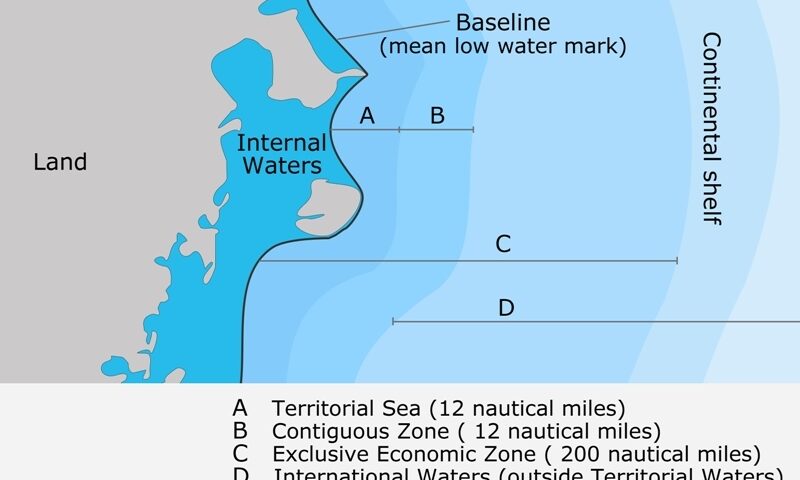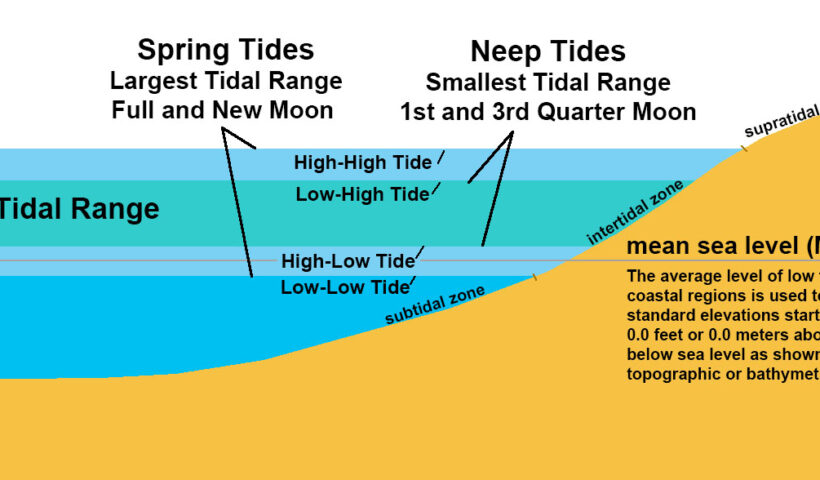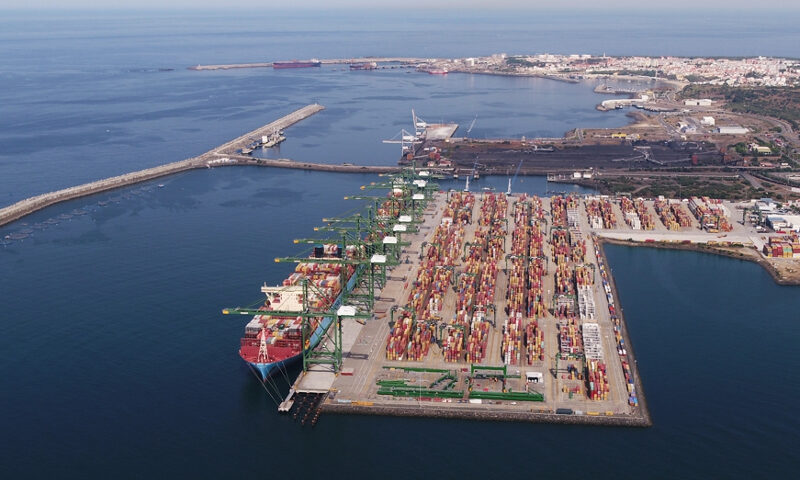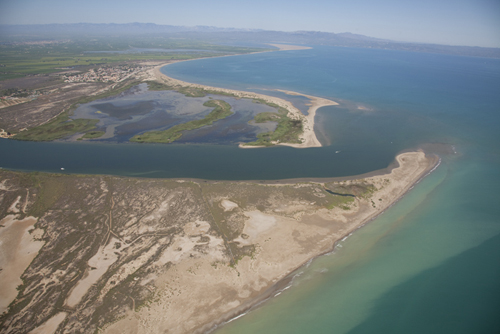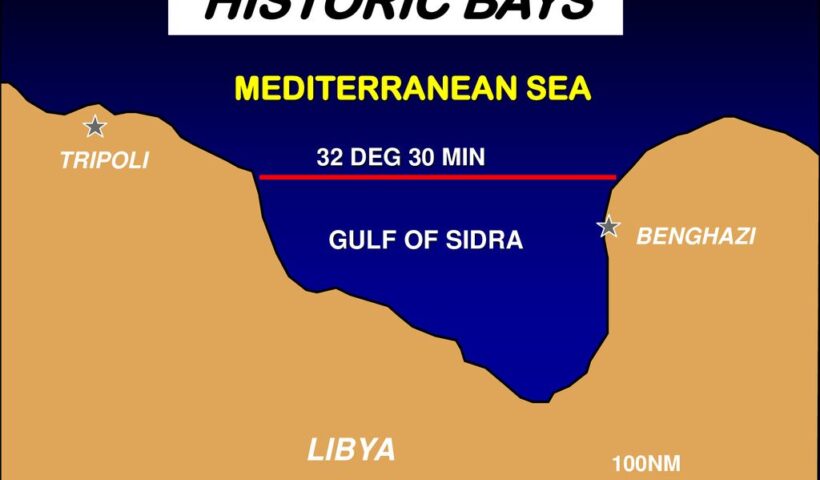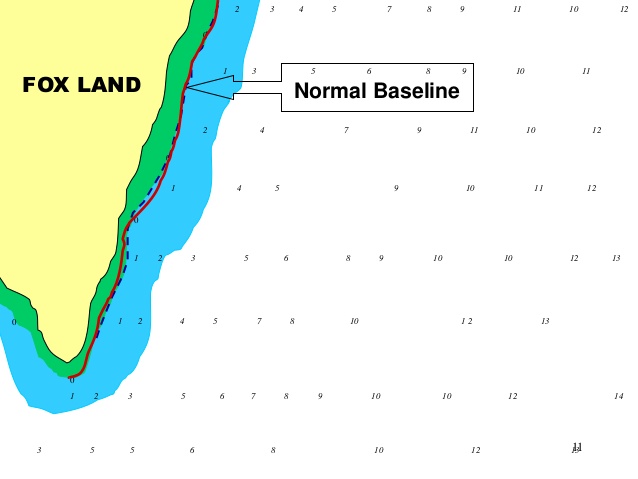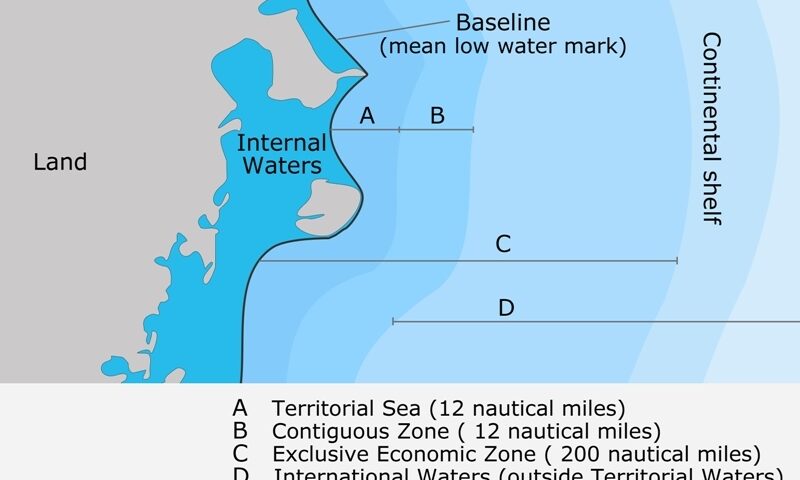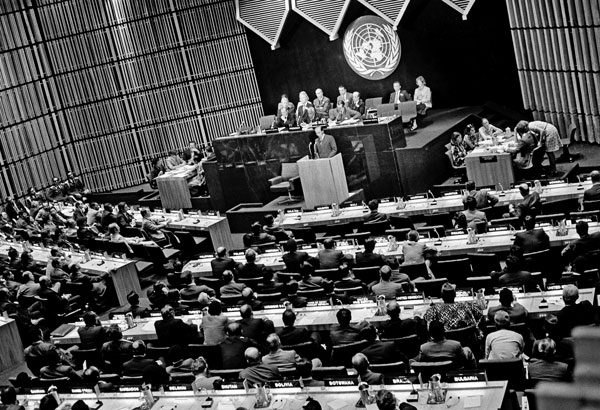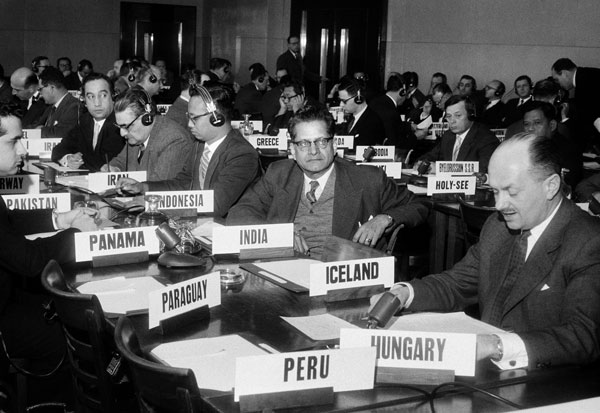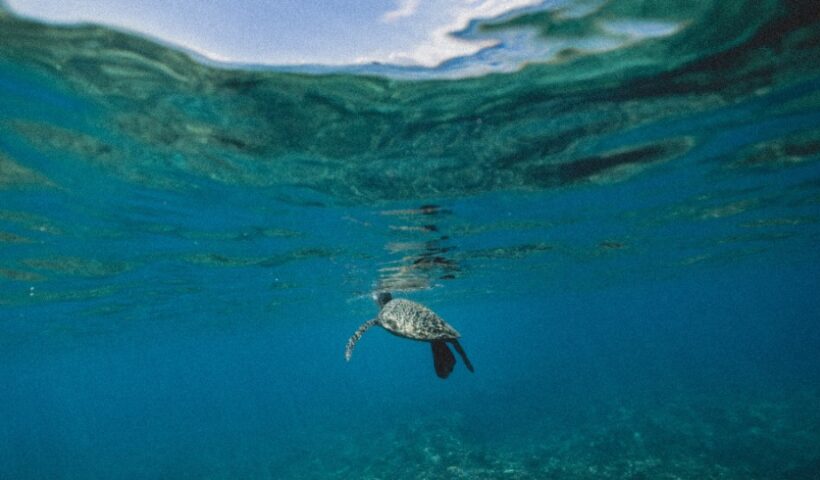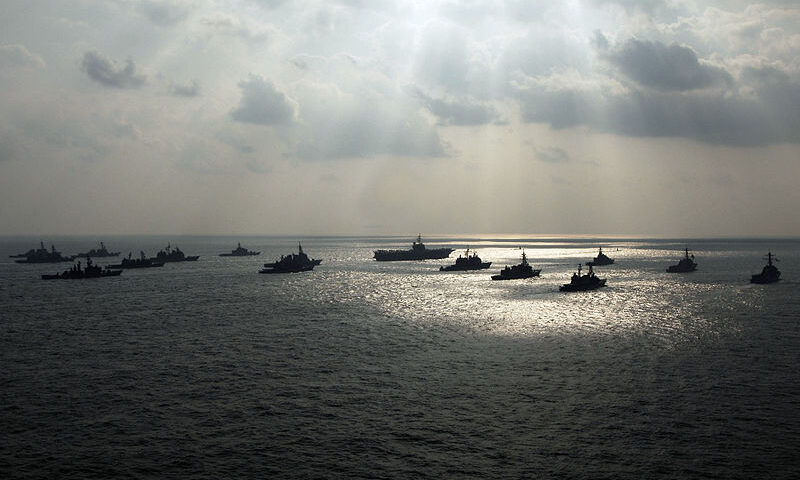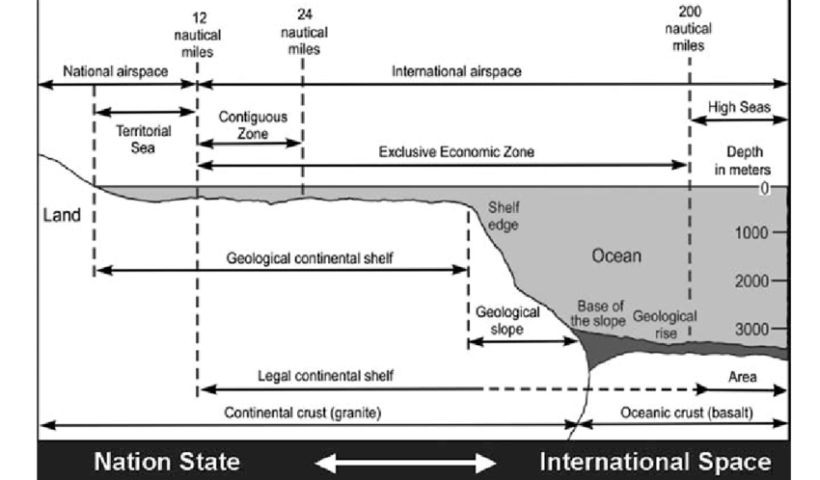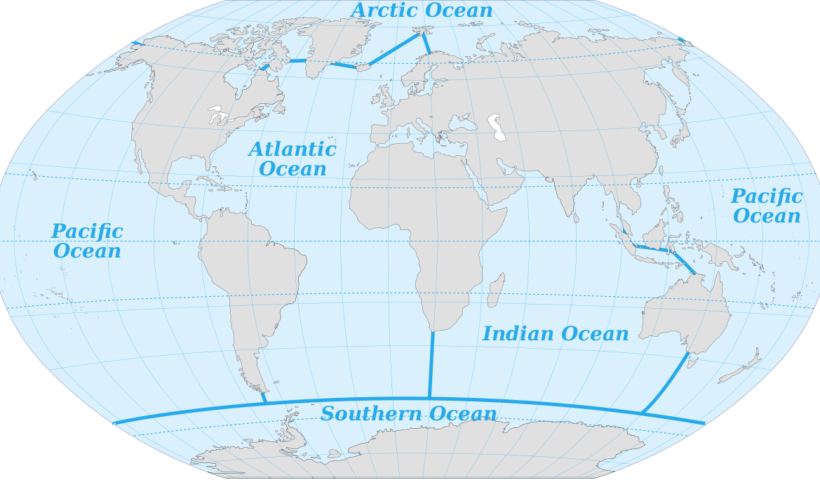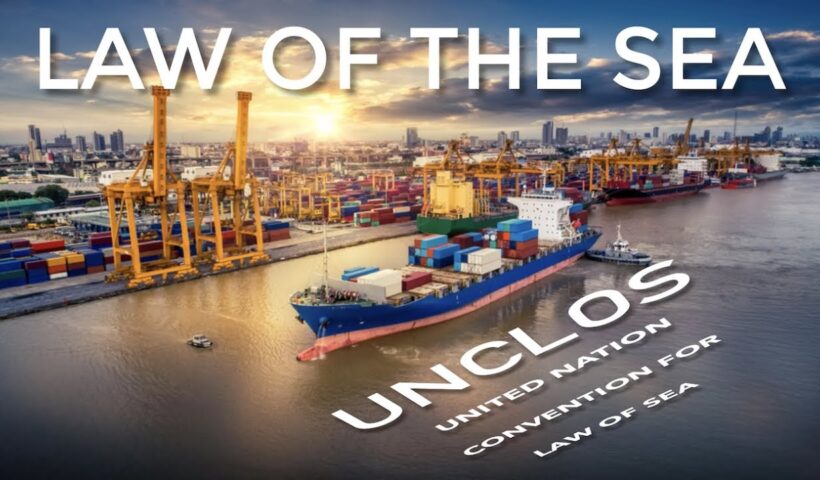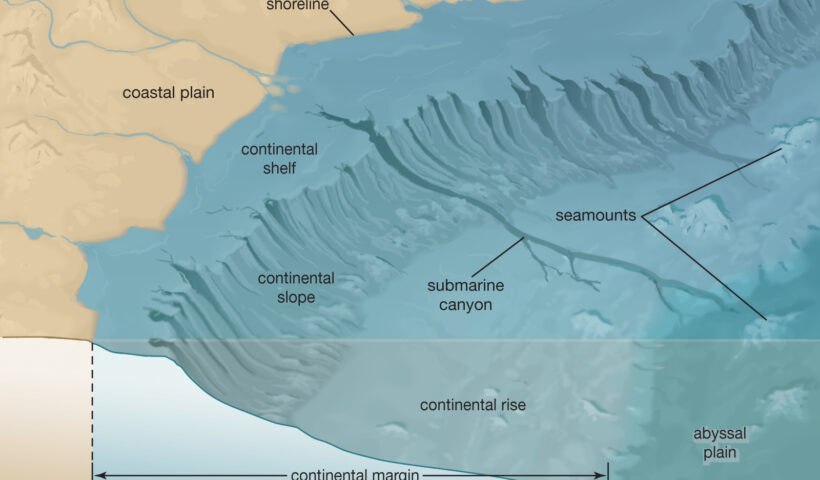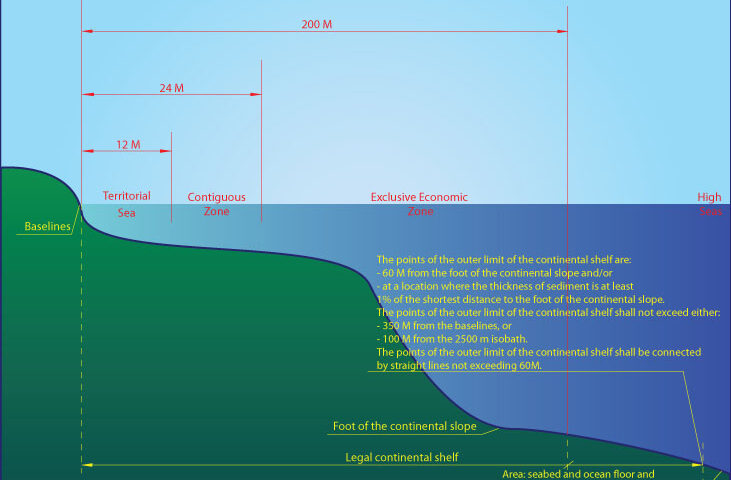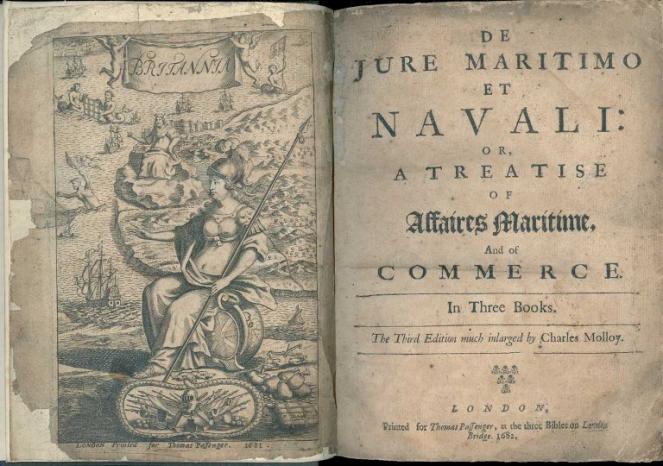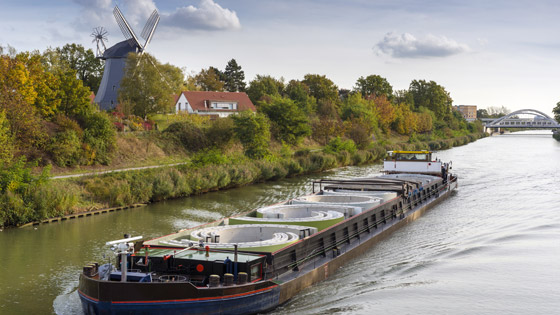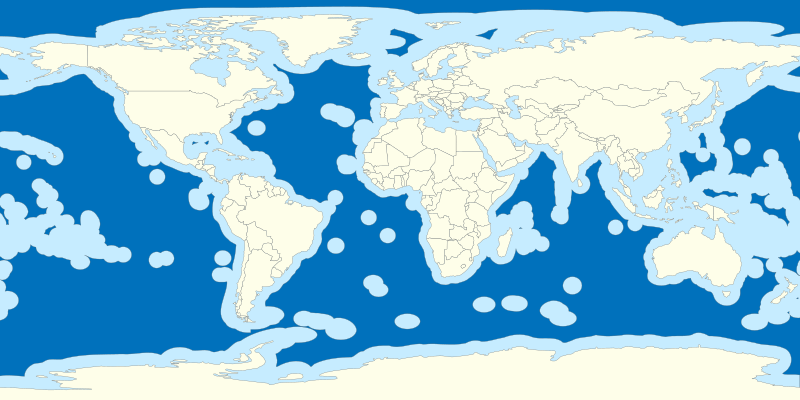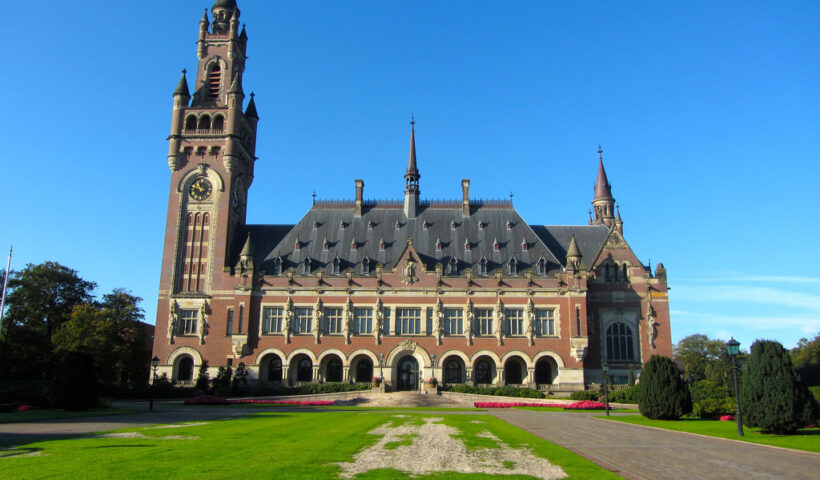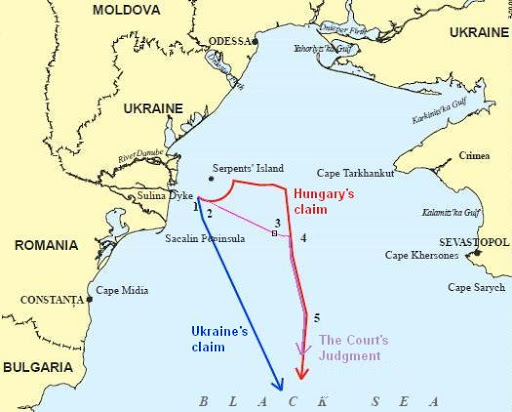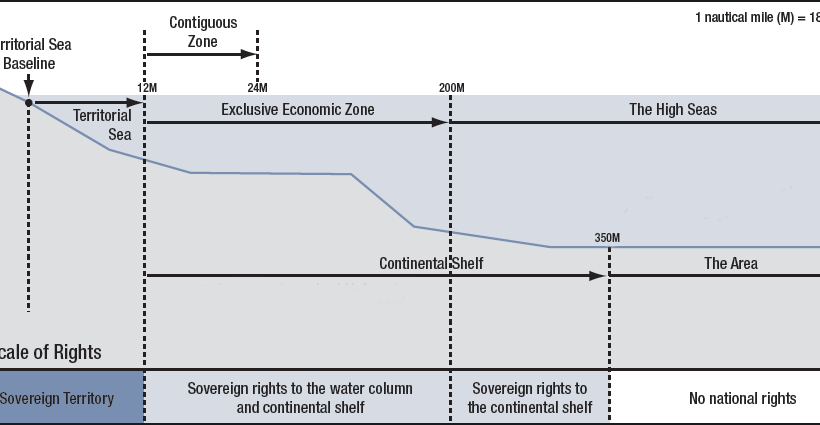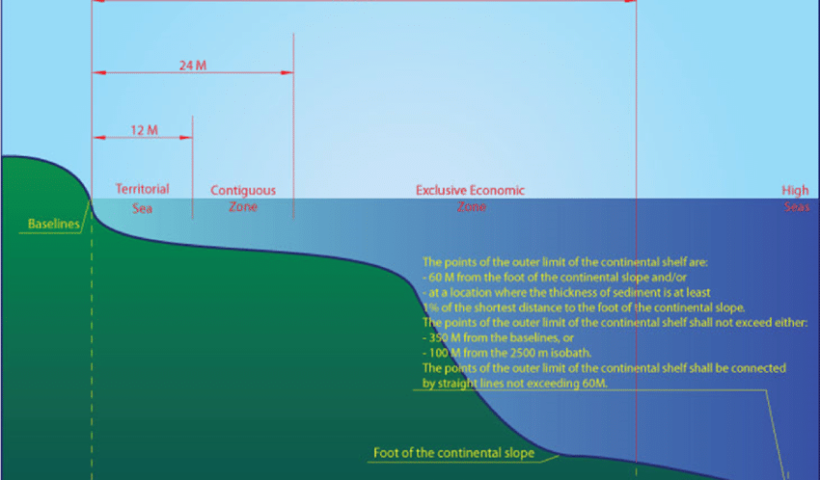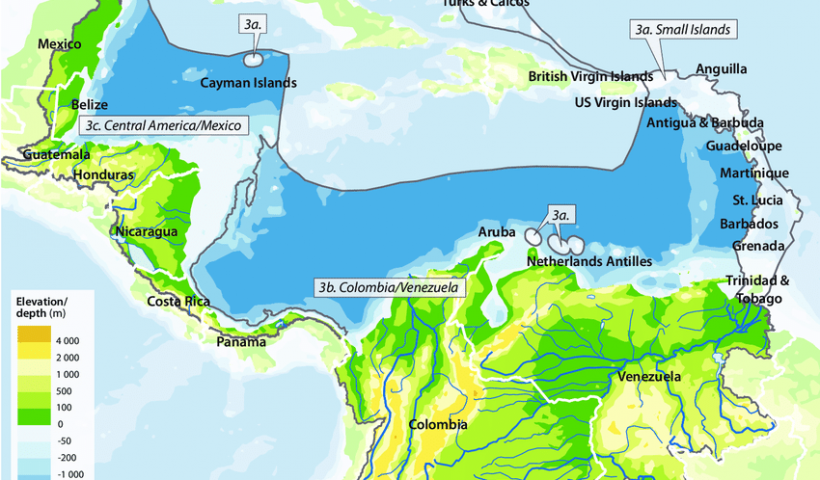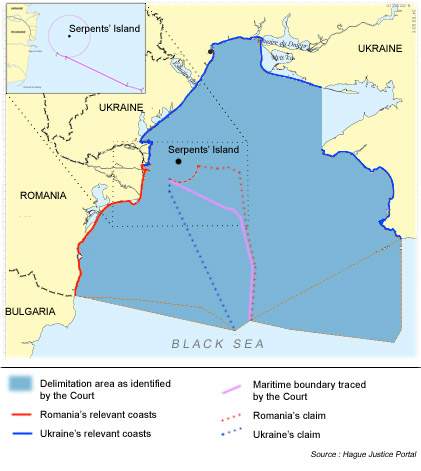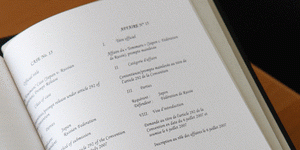Internal waters are ‘those waters which lie landward of the baseline from which the territorial sea is measured’. Specifically, internal waters in a legal sense embrace (i) parts of the sea along the coast down to the low-water mark, (ii) ports and harbours, (iii) estuaries, (iv) landward waters from the closing line of bays, and (v) waters enclosed by straight baselines. On the other hand, as noted earlier, internal waters in the law of the sea do not include waters within the land territory and land-locked waters or lakes. what is the meaning of INTERNAL WATERS in law of the sea and cases?, archipelagic waters vs internal waters, definition of internal waters, estuaries, example of internal waters, harbours, High seas, internal waters, internal waters distance, internal waters examples, internal waters unclos, International waters, landward waters, law of the sea, Mare liberum, ports, territorial sea, trans-boundary waters, waters enclosed by straight baselines, What do you mean about internal waters?, What does internal waters mean?, What is included in the internal waters?, Where are international waters?
View More what is the meaning of INTERNAL WATERS in law of the sea and cases?Category: Law of the sea
The law of the sea is a body of customs, treaties, and international agreements by which governments maintain order, productivity, and peaceful relations on the sea. NOAA’s nautical charts provide the baseline that marks the inner limit of the territorial sea and the outer limit of internal waters.
what the mean of LOW-TIDE ELEVATIONS in the law of the sea and case
Article 13(1) of the LOSC defines low-tide elevations as follows:
A low-tide elevation is a naturally formed area of land which is surrounded by and above water at low tide but submerged at high tide.
This provision further provides: ‘Where a low-tide elevation is situated wholly or partly at a distance not exceeding the breadth of the territorial sea from the mainland or an island, the low-water line on that elevation may be used as the baseline for measuring the breadth of the territorial sea’. Where a low-tide elevation is wholly situated outside the territorial sea, however, it has no territorial sea of its own. The ICJ has held that Article 13 reflects customary international law. Considering that low-tide elevations may have an impact on identifying the outer limits of marine spaces under national jurisdiction, such elevations have practical importance for the coastal State.. what the mean of LOW-TIDE ELEVATIONS in the law of the sea and case, Anglo-French Continental Shelf Arbitration, Article 13 of the LOSC, China Sea Arbitration, Eddystone Rocks, Fasht al Azm, Gaven Reef (South), Hughes Reef, low-tide elevations, Mischief Reef, Qit ’at Jaradah, Subi Reef
The meaning and rule of ISLANDS baseline and its difference with rocks and reefs on the law of the sea and LOSC
The definition of an island is provided in Article 121(1) of the LOSC:
An island is a naturally-formed area of land, surrounded by water, which is above water at high tide. This provision, which follows Article 10(1) of the TSC, contains four criteria that call for comment.. the meaning and role of ISLANDS baseline situation and its difference with rocks and reefs on the on the law of the sea and LOSC, Article 121 of the LOSC, Article 121(2) of the LOSC, baseline, continental shelf, Definition of an Island, EEZ, Greenland/Jan Mayen case, Hvalrossbukta, ISLANDS, Jan Mayen, Judges Bedjaoui, low water line, Nicaragua/Colombia case, Okinotorishima, Qatar/Bahrain case, Qit’at Jaradah, reefs, rocks, South China Sea Arbitration, UNCLOS I, UNCLOS III, Walrus Bay
The meaning and role of ports on the baseline situation on the law of the sea and LOSC
Article 11 of the LOSC provides a rule concerning harbour works:
For the purpose of delimiting the territorial sea, the outermost permanent harbour works which form an integral part of the harbour system are regarded as forming part of the coast. Off-shore installations and artificial islands shall not be considered as permanent harbour works.. the meaning and role of ports on the baseline situation on the law of the sea and LOSC, Article 11 of the LOSC, harbour system, law of the sea, ports, Sulina dyke
what is the meaning of River Mouths in the LOSC and law of the sea
Concerning river mouths, Article 9 of the LOSC stipulates:
If a river flows directly into the sea, the baseline shall be a straight line across the mouth of the river between points on the low-water line of its banks. . what is the meaning of River Mouths in the LOSC and law of the sea, Article 9 of the LOSC, law of the sea, LOSC, River Mouths
what is the meaning of the Bays Bordered By More Than One State on the law of the sea
Recently the number of bays bordered by more than one State has increased owing to the break-up of existing composite States. The legal regime of such bays thus merits particular attention. In this regard, a question arises as to whether States bordering a bay may draw a closing line across the mouth of the bay. Two different views can be identified.. what is the meaning of the Bays Bordered By More Than One State on the law of the sea, 1988 Agreement between Tanzania and Mozambique, Arbitral Tribunal, Article 10 of the LOSC, Bay of Savudrija/Piran, Bays Bordered By More Than One State, Gulf of Fonseca, Historic Bays, law of the sea
View More what is the meaning of the Bays Bordered By More Than One State on the law of the seawhat is the meaning of Historic Bays on tle law of the sea and LOSC
The TSC and the LOSC contain no definition of historic bays. According to the Annex VII Arbitral Tribunal in the South China Sea Arbitration (Merits), a ‘historic bay’ is ‘a bay in which a State claims historic waters’. As historic bays are one of the categories of ‘historic waters’, the legal regime of historic bays should be examined in the broad context of historic waters. According to the ICJ, ‘historic waters’ usually mean ‘waters which are treated as internal waters but which would not have that character were it not for the existence of [a] historic title’.. what is the meaning of Historic Bays on tle law of the sea and LOSC, Concept of Historic Waters, geographical sense, Gulf of Sert, Historic Bays, historic rights, historic waters, ICJ, law of the sea, LOSC, Tunisia/Libya case
View More what is the meaning of Historic Bays on tle law of the sea and LOSCthe meaning of the Juridical Bays in the law of the sea and LOSC
In this regard, the Arbitral Tribunal, in the 1910 North Atlantic Coast Fisheries case, stated:
the geographical character of a bay contains conditions which concern the interests of the territorial sovereign to a more intimate and important extent than do those connected with the open coast. Thus conditions of national and territorial integrity, of defense, of commerce and of industry are all vitally concerned with the control of the bays penetrating the national coast line.
Furthermore, where the low-water line rule applies to a bay whose mouth is less than twice the breadth of the territorial sea, the high seas may be enclosed within the bay. This situation will create inconvenient results for various marine activities.. the meaning of the Juridical Bays in the law of the sea and LOSC, 10-mile formula, Arbitral Tribunal, Article 10(6) of the LOSC, customary international law, Fisheries case, Juridical Bays, law of the sea, LOSC, low-water line, North Atlantic Coast Fisheries case, territorial sea
Straight Baselines meaning on the law of the sea and LOSC
Straight baselines can be defined as:
a system of straight lines joining specified or discrete points on the low-water line, usually known as straight baseline turning points, which may be used only in localities where the coastline is deeply indented and cut into, or if there is a fringe of islands along the coast in its immediate vicinity.
The essential difference between the straight baseline system and the normal baseline system is that under the straight baseline system, baselines are drawn across water, not along the coast.. Straight Baselines meaning on the law of the sea and LOSC, Anglo-Norwegian Fisheries Case, baseline meaning, Baselines under the International Law of the Sea, law of the sea, LOSC, low-tide elevations, low-water line, low-water line along the coast, skjoergaard, straight baseline definition, Straight Baselines, types of baseline in maritime law, What is high water line?, What is straight baseline method?, What is territorial sea baseline?, What is the baseline?, What is the meaning of 12 nautical miles?, What’s high and low water marks?
Normal Baselines meaning on the law of the sea and LOSC
The normal baseline is the low-water line drawn along the coast. In this regard, Article 5 of the LOSC provides as follows:
Except where otherwise provided in this Convention, the normal baseline for measuring the breadth of the territorial sea is the low-water line along the coast as marked on large-scale charts officially recognized by the coastal State.. Normal Baselines meaning on the law of the sea and LOSC, baseline meaning, Baselines under the International Law of the Sea, large-scale charts, law of the sea’s, LOSC, low-water line, low-water line along the coast, Normal Baselines, types of baseline in maritime law, What is high water line?, What is territorial sea baseline?, What is the baseline?, What is the meaning of 12 nautical miles?, What is the purpose of baselines under the law of the sea?
Baselines and Related Issues on the International law of the sea
The seaward limits of each jurisdictional zone are measured from baselines. Thus rules concerning baselines are of particular importance in the law. In particular, rules governing straight baselines and bays merit serious consideration. Furthermore, attention must be devoted to the legal status of islands and low-tide elevations because the existence of these maritime features may affect the seaward limits of marine spaces under national jurisdiction. (i) What are the rules governing baselines?
(ii) What are the problems associated with rules with regard to straight baselines?
(iii) What are the rules governing juridical bays in international law?
(iv) What is a historic bay and what are the elements of title to such a bay?
(v) What is the definition of an island?
(vi) What are the differences between islands, rocks and low-tide elevations? Baselines and Related Issues on the International law of the sea, baselines, coastal State, internal waters,International law of the sea, jurisdictional zones
The Third UN Conference on the Law of the Sea (1973–1982)
After several revisions of the Texts, the Draft Convention on the Law of the Sea was adopted at the resumed tenth session on 28 August 1981. At the eleventh session, a number of changes and amendments were made to the final text of the Convention in order to accommodate the concerns of the United States. Nevertheless, the United States did not support the adoption of the Convention by consensus or without a vote, requesting a recorded vote. Consequently, the consensus procedure was abandoned in the final stage of UNCLOS III. The LOSC was finally adopted on 30 April 1982 by 130 in favour, 4 against, with 18 abstentions and 18 unrecorded. The Convention was opened for signature on
10 December 1982.. The Third UN Conference on the Law of the Sea (1973–1982), Arvid Pardo, marine issues, Third UN Conference on the Law of the Sea (1973–1982), UN General Assembly Resolution 2340 (XXII), UNCLOS III
The Second UN Conference on the Law of the Sea (1960)
On 17 March 1960, the Second UN Conference on the Law of the Sea (UNCLOS II) was convened in Geneva in order to discuss the outer limit of the territorial sea as well as the fishery zone. Eighty-eight States participated in the Conference. . The Second UN Conference on the Law of the Sea (1960), exclusive fishery zone (EFZ), Second UN Conference on the Law of the Sea (1960), UNCLOS II
View More The Second UN Conference on the Law of the Sea (1960)The First UN Conference on the Law of the Sea (1958)
the ILC came to wrestle with the codification of the law of the sea. The ILC, established by the UN General Assembly in 1947, aims to promote the progressive development of international law and its codification. This body commenced its work on the codification of the law of the sea at its first session in 1949, and J. P. A. François was appointed as the special rapporteur on the regime of the high seas. In its eighth session in 1956, the ILC submitted its final report on ‘Articles Concerning the Law of the Sea’ to the UN. This report provided the basis for the work at the First UN Conference on the Law of the Sea (UNCLOS I).
UNCLOS I was convened in Geneva on 24 February 1958, and eighty-six States participated. UNCLOS I successfully adopted four conventions and an optional protocol on dispute settlement:
(i) The Convention on the Territorial Sea and the Contiguous Zone,
(ii) The Convention on the High Seas,
(iii) The Convention on Fishing and Conservation of the Living Resources of the High Seas,
(iv) The Convention on the Continental Shelf, and
(v) The Optional Protocol of Signature Concerning the Compulsory Settlement of Disputes. The First UN Conference on the Law of the Sea (1958), continental shelf, Convention on Fishing and Conservation of the Living Resources of the High Seas, Convention on the Continental Shelf, Convention on the High Seas, Convention on the Territorial Sea and the Contiguous Zone, ILC, marine living resources, offshore, Optional Protocol of Signature Concerning the Compulsory Settlement of Disputes, Proclamations on the Continental Shelf and on Fisheries, UN Conference on the Law of the Sea (1958)
The Hague Conference for the Codification of International Law (1930)
The first intergovernmental attempt to codify the law of the sea was the 1930 Hague Conference for the Codification of International Law. The Hague Conference was instigated by the League of Nations between 13 March and 12 April 1930, and was attended by forty-seven governments and an observer, i.e. the USSR. The Conference aimed to codify international law concerning three subjects, namely nationality, State responsibility and territorial waters. With regard to territorial waters, two issues, among various issues discussed at the Conference, are of particular interest: the nature of the rights possessed by a State over its territorial sea, and the breadth of the territorial sea.
. The Hague Conference for the Codification of International Law (1930), Codification of International Law, customary law, Hague Conference, Scandinavian countries, territorial waters
what is Principle of the Common Heritage of Mankind in the law of the sea?
This principle is distinct from the traditional principles in two respects.
First, while the principles of sovereignty and freedom aim to safeguard the interests of individual States, the principle of the common heritage of mankind seeks to promote the common interest of mankind as a whole. It may be argued that the term ‘mankind’ is a transspatial and transtemporal concept. It is transspatial because ‘mankind’ includes all people on the planet. It is transtemporal because ‘mankind’ includes both present and future generations. It would seem to follow that the common interest of mankind means the interest of all people in present and future generations.
Second, the principle of the common heritage of mankind focuses on ‘mankind’ as a novel actor in the law of the sea. ‘Mankind’ is not a merely abstract concept. As we shall see in Chapter 5, under the LOSC ‘mankind’ has an operational organ, i.e. the International Seabed Authority, acting on behalf of mankind as a whole. To this extent, it can reasonably be argued that mankind is emerging as a new actor in the law of the sea.. what is Principle of the Common Heritage of Mankind in the law of the sea?, Common Heritage, Common Heritage of Mankind, common interest, LOSC
Principle of Sovereignty on the law of the sea
In contrast to the principle of freedom, the principle of sovereignty seeks to safeguard the interests of coastal States. This principle essentially promotes the extension of national jurisdiction into offshore spaces and supports the territorialisation of the oceans. In summary, on the basis of the principle of freedom and the principle of sovereignty, the ocean has been divided into two categories. The first category relates to marine space adjacent to coasts subject to the national jurisdiction of the coastal State. The second category concerns marine space beyond national jurisdiction where the principle of freedom
applies. Until the mid-twentieth century, the scope of the territorial sea was limited to the narrow maritime belt, and the enormous area of the oceans remained the high seas. It could well be said that the oceans were dominated by the principle of freedom at that time. Principle of Sovereignty on the law of the sea, coastal States, Principle of Sovereignty
Principle of Freedom in the law of the sea
The principle of freedom aims to ensure the freedom of various uses of the oceans, such as navigation, overflight, laying submarine cables and pipelines, construction of artificial islands, fishing and marine scientific research. Historically the principle of freedom may primarily be thought of as aiming to ensure the freedom of navigation in order to advance trade and commerce overseas.. Principle of Freedom in the law of the sea, article 87 freedom of the high seas, Definition of Freedom Of The Seas, freedom of high seas notes, Freedom of the Seas, freedom of the seas doctrine, General Principles of the Law of the Sea, Grotius, How old is the freedom of the seas?, Principle of Freedom, R.-J. Dupuy, The Freedom of the High Seas, The Grotian Doctrine of the Freedom of the Seas, what is freedom of the seas?, What is meant by freedom of high seas?, where did the ideas of freedom of the seas come, Why is freedom of the seas important?, William Welwood
View More Principle of Freedom in the law of the seaTypology of Marine Spaces
In summary, spatial jurisdiction comprises both complete spatial jurisdiction (= territorial sovereignty) and limited spatial jurisdiction (= sovereign rights). In either case, it must be stressed that coastal State jurisdiction over marine spaces is spatial by nature. It follows from the above discussion that marine spaces in the law of the sea can be categorised as follows :
(i) Marine spaces under national jurisdiction
(a) Marine spaces under territorial sovereignty (or complete spatial jurisdiction): internal waters, the territorial sea, international straits, and archipelagic waters.
(b) Marine spaces under sovereign rights (or limited spatial jurisdiction): the contiguous zone (where the EEZ is established), the EEZ and the continental shelf.
(ii) Marine spaces beyond national jurisdiction the high seas and the Area., Typology of Marine Spaces, archipelagic waters, beyond national jurisdiction, contiguous zone, High seas, internal waters, international straits, jurisdictional zones, national jurisdiction, territorial seas, Typology of Marine Spaces
the view on the some Paradigms in the Law of the Sea
The first paradigm, i.e. the law of the divided oceans, rests on the Westphalian conception of international law stressing the safeguarding of State sovereignty. It aims to reconcile individual interests of States in each jurisdictional zone. In this sense, the State may be regarded as the primary subject of the law of the divided oceans. The spatial ambit of each jurisdictional zone is in principle defined spatially, based on distance from the coast, irrespective of the nature of the ocean and the natural resources within it.. the view on the some Paradigms in the Law of the Sea, Common Ocean, Divided Oceans, international community, law of the sea
View More the view on the some Paradigms in the Law of the Seawhat is Functions of the Law of the Sea?
First, the primary function of international law involves the spatial distribution of jurisdiction of States, and the same applies to the law of the sea. The contemporary international law of the sea divides the ocean into multiple jurisdictional zones, such as internal waters, territorial seas, the contiguous zone, the exclusive economic zone (EEZ), archipelagic waters, the continental shelf, the high seas and the Area, i.e. ‘the sea-bed and ocean floor and subsoil thereof, beyond the limits of national jurisdiction’.. what is Functions of the Law of the Sea?, EEZ, exclusive economic zone, law of the sea
View More what is Functions of the Law of the Sea?establish the outer limits of continental shelf beyond 200 nautical miles with respect to article 4 of Annex II to the Convention on the law of the sea
Issues with respect to article 4 of Annex II to the Convention on the law of the sea, Annex II, continental shelf, Convention on the law of the sea
View More establish the outer limits of continental shelf beyond 200 nautical miles with respect to article 4 of Annex II to the Convention on the law of the seawhat is the meaning of continental shelf?
also based on the article 76 of UNCLOS III, Article76, Definition of the continental shelf
The continental shelf of a coastal State comprises the seabed and subsoil of the submarine areas that extend beyond its territorial sea throughout the natural prolongation of its land territory to the outer edge of the continental margin, or to a distance of 200 nautical miles from the baselines from which the breadth of the territorial sea is measured where the outer edge of the continental margin does not extend up to that distance. The continental shelf of a coastal State shall not extend beyond the limits provided for in paragraphs 4 to 6.The continental margin comprises the submerged prolongation of the land mass of the coastal State, and consists of the seabed and subsoil of the shelf, the slope and the rise. It does not include the deep ocean floor with its oceanic ridges or the subsoil thereof. (a) For the purposes of this Convention, the coastal State shall establish the outer edge of the continental margin wherever the margin extends beyond 200 nautical miles from the baselines from which the breadth of the territorial sea is measured, by either:….what is the meaning of continental shelf?, article 76, continental shelf, law of the sea, What are the characteristics of the continental shelf?, What does continental slope mean?, What extended continental shelf?, What is continental shelf limit?, What is the importance of continental shelf?, What is the largest continental shelf?, Where is the continental shelf?
The important sides and the meaning of Freedom of the Seas
“free sea” is a principle in the international law and sea. It stresses freedom to navigate the oceans. It also disapproves of war fought in water. The freedom is to be breached only in a necessary international agreement. Freedom of the seas is a principle in the international law and sea. It stresses freedom to navigate the oceans. It also disapproves of war fought in water. The freedom is to be breached only in a necessary international agreement.
View More The important sides and the meaning of Freedom of the Seaswhat is the meaning of International waterways?
A strait, canal, river, or lake lying between or passing through two or more nations, or forming a passage between two areas of the high seas, regarded as freely navigable under international law.
View More what is the meaning of International waterways?what is the meaning of International waters?
what is the meaning of International waters?, Are There Laws on the High Seas?, Can you do drugs in international waters?, Can you do whatever you want in international waters?, Definition of High Sea, freedom of high seas, High seas, high seas definition unclos, high seas map, high seas meaning, high seas meaning in business, high seas meaning in law, International waters, International Waters Laws, International waters map, Mare liberum, Territories & Zones, trans-boundary waters, What do you know about international waters?, What is legal in international waters?, What Laws Apply In International Waters?, Where are international waters?, Where are the high seas?, Where do international waters begin?, Why is it called high seas?
View More what is the meaning of International waters?Equitable Principles & the Delimitation of the Continental Shelf
Equitable Principles & the Delimitation of the Continental Shelf, Delimitation of the Continental Shelf, delimitation of the maritime boundary, Equitable Principles, International Court of the Justice, What are the characteristics of the continental shelf?, What does continental slope mean?, What extended continental shelf?, What is continental shelf limit?, What is the importance of continental shelf?, What is the largest continental shelf?, Where is the continental shelf?
View More Equitable Principles & the Delimitation of the Continental ShelfThe Development of the Law of the Sea by the International Court of Justice
The Development of the Law of the Sea by the International Court of Justice, baselines, development of international law, ICJ, International Court of Justice, law of the sea, lawmakers, maritime delimitation, transit passage, United Nations Convention on the Law of the Sea
View More The Development of the Law of the Sea by the International Court of JusticeMARITIME DELIMITATION IN THE BLACK SEA
MARITIME DELIMITATION IN THE BLACK SEA, black sea, International Court of Justice, maritime delimitation, ukrine
View More MARITIME DELIMITATION IN THE BLACK SEAInternational Law of the Sea lecture in pdf
International Law of the Sea lecture in pdf, law of the sea, law of the sea lecture, sea
View More International Law of the Sea lecture in pdfMARITIME ZONE AND JURISDICTION
MARITIME ZONE AND JURISDICTION, contiguous zone, continental shelf, Exclusive Economic Zone (EEZ), High Seas and Deep Ocean Floor, internal waters, law of the sea, Maritime Claims, maritime zone, Maritime Zones and How They Are Determined, River Mouths, territorial sea
View More MARITIME ZONE AND JURISDICTIONlaw of the sea, lecture, pdf slides
law of the sea, lecture, pdf slides, Do laws apply in the ocean?, history of the law of the sea, How many countries signed the Law of the Sea?, law of the sea, lecture in law of the sea, legal regime of the International Sea Bed Area, UN convention on the law of the sea, UNCLOS III, What are the principles of the Law of the Sea?, What does the law of the sea do?, What is the 200 nautical mile limit?, Which law delimits world seas?, Who created the law of the sea?, Who has the right to use the ocean?, Who is the father of the law of the sea?, Who owns the sea?, Why is the law of the sea unsuccessful?
View More law of the sea, lecture, pdf slidesTerritorial and Maritime Dispute between Nicaragua and Honduras in the Caribbean Sea (Nicaragua v. Honduras)
Territorial and Maritime Dispute between Nicaragua and Honduras in the Caribbean Sea (Nicaragua v. Honduras), caribbean sea, dispute, honduras, maritime, nicaragua, territorial
View More Territorial and Maritime Dispute between Nicaragua and Honduras in the Caribbean Sea (Nicaragua v. Honduras)Dispute regarding Navigational and Related Rights (Costa Rica v. Nicaragua)
Dispute regarding Navigational and Related Rights (Costa Rica v. Nicaragua) OVERVIEW OF THE CASE On 29 September 2005, Costa Rica filed an Application instituting proceedings…
View More Dispute regarding Navigational and Related Rights (Costa Rica v. Nicaragua)Maritime Delimitation in the Black Sea (Romania v. Ukraine)
Maritime Delimitation in the Black Sea (Romania v. Ukraine) OVERVIEW OF THE CASE On 16 September 2004, Romania filed an Application instituting proceedings against Ukraine…
View More Maritime Delimitation in the Black Sea (Romania v. Ukraine)Dispute concerning delimitation of the maritime boundary between Mauritius and Maldives in the Indian Ocean (Mauritius/Maldives)
Dispute concerning delimitation of the maritime boundary between Mauritius and Maldives in the Indian Ocean (Mauritius/Maldives
View More Dispute concerning delimitation of the maritime boundary between Mauritius and Maldives in the Indian Ocean (Mauritius/Maldives)Dispute Concerning Delimitation of the Maritime Boundary between Ghana and Côte d’Ivoire in the Atlantic Ocean (Ghana/Côte d’Ivoire)
During consultations held by the President of the Tribunal with representatives of Ghana and Côte d’Ivoire on 2 and 3 December 2014, a special agreement was concluded between the two States on 3 December 2014 to submit the dispute concerning the delimitation of their maritime boundary in the Atlantic Ocean to a special chamber of the Tribunal to be formed pursuant to article 15, paragraph 2, of the Statute. An original copy of the special agreement was delivered to the Registry on 3 December 2014, which constituted the notification required under article 55 of the Rules. The case was entered in the Tribunal’s list of cases as Case No. 23.
View More Dispute Concerning Delimitation of the Maritime Boundary between Ghana and Côte d’Ivoire in the Atlantic Ocean (Ghana/Côte d’Ivoire)Dispute concerning delimitation of the maritime boundary between Bangladesh and Myanmar in the Bay of Bengal (Bangladesh/Myanmar)
On 14 December 2009, proceedings were instituted before the Tribunal in relation to the delimitation of the maritime boundary in the Bay of Bengal between Bangladesh and Myanmar.
View More Dispute concerning delimitation of the maritime boundary between Bangladesh and Myanmar in the Bay of Bengal (Bangladesh/Myanmar)International Tribunal for the Law of the Sea (what and where?)
The International Tribunal for the Law of the Sea is an independent judicial body established by the United Nations Convention on the Law of the Sea to adjudicate disputes arising out of the interpretation and application of the Convention. The Tribunal is composed of 21 independent members, elected from among persons enjoying the highest reputation for fairness and integrity and of recognized competence in the field of the law of the sea.
View More International Tribunal for the Law of the Sea (what and where?)Maritime law or Admiralty law?!
In most developed nations, maritime law follows a separate code and is an independent jurisdiction from national laws. The United Nations (UN), through the International Maritime Organization (IMO), has issued numerous conventions that can be enforced by the navies and coast guards of countries that have signed the treaty outlining these rules. Maritime law governs many of the insurance claims relating to ships and cargo; civil matters between shipowners, seamen, and passengers; and piracy.
View More Maritime law or Admiralty law?!
